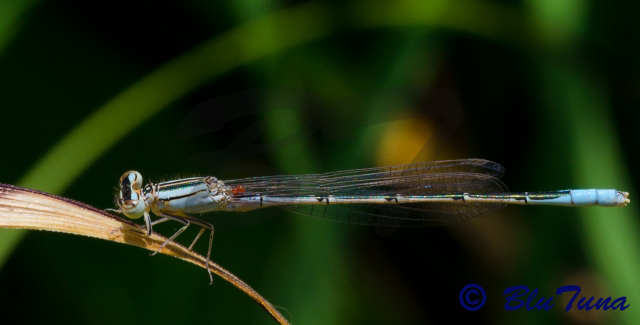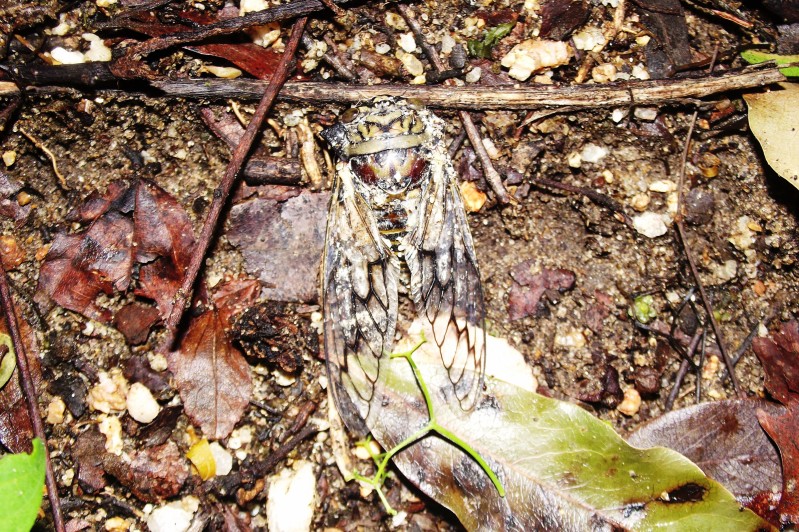Insect or Invertebrates Identification - DONE
Moderator: Klipspringer
- Lisbeth
- Site Admin
- Posts: 65616
- Joined: Sat May 19, 2012 12:31 pm
- Country: Switzerland
- Location: Lugano
- Contact:
Re: Insect or Invertebrates Identification
That's a funny one with "leaves" or are they eyebrows on the head 
"Education is the most powerful weapon which you can use to change the world." Nelson Mandela
The desire for equality must never exceed the demands of knowledge
The desire for equality must never exceed the demands of knowledge
Re: Insect or Invertebrates Identification
Moths and especially Saturnidae have an excellent sense of smell. This is provided by a pair of large antennae mounted above the eyes. They commincate via chemical signals, known as pheromones. Fertile female saturnid moths produce a sex pheromone and the males can detect this substance in the air, some species are able to "smell" it from distances up to 5 km. The receptors are located on the antennae. The Saturnid antenna is fan-shaped and all over the surface are olfactory sensilla. Species with large antennae can cover a large porportion of the airflow moving past and have a better chance of encountering an important signal molecul.



- Lisbeth
- Site Admin
- Posts: 65616
- Joined: Sat May 19, 2012 12:31 pm
- Country: Switzerland
- Location: Lugano
- Contact:
Re: Insect or Invertebrates Identification
Thanks for the lesson, Professor  If I had thought about it seriously, I would have known
If I had thought about it seriously, I would have known 

"Education is the most powerful weapon which you can use to change the world." Nelson Mandela
The desire for equality must never exceed the demands of knowledge
The desire for equality must never exceed the demands of knowledge
Re: Insect or Invertebrates Identification
BluTuna wrote:Here's a different view of the mystery Damselfly.
What are the red objects at the base of the tail?
The red objects on damselfly are ectoparasitic mites (Arrenurus spp).
Re: Insect or Invertebrates Identification
Thank you for the additional pic. Now I'm convinced it is a Swamp Bluet, Africallagma glaucum. Typically segments 8 and 9 are all blue. Segment 7 can be all black, or blue below as in this case. Tarboton & Tarboton 2005, P. 78-79. The description you presented further up the thread is also good.BluTuna wrote:Here's a different view of the mystery Damselfly.
What are the red objects at the base of the tail?
Toko is right: The red globbies are an ectoparasitic stage in the complex life cycle of water mites (Hydracarina), belonging to the genus Arrenurus. They are quite common on damselflies, especially on the kinds of damsels associated with more stagnant (not swift) water. Take a look at http://bugguide.net/node/view/84930/bgimage.
Re: Insect or Invertebrates Identification
Here some more info on the parasitic larvae
http://books.google.de/books?id=pOO75z3 ... ts&f=false


 Great ID, wynand
Great ID, wynand 
http://books.google.de/books?id=pOO75z3 ... ts&f=false
Re: Insect or Invertebrates Identification
Thanks for the ID Wynand!
Hunting cannot be considered a sport as all contestants in a sport should know they are playing the game!
Re: Insect or Invertebrates Identification
Have added this onewynand wrote:Axe-head Cicada. Oxypleura quadraticollismposthumus wrote:Cicada?
KNP - Tamboti
Towards the end of their relatively brief adult lives cicadas become moribund and often partly covered in fungus before they die. Like this one. Their reproductive functions fulfilled, they shut down and perish.
There are two species of Axe-heads in S.A. This one, in the northern parts and O. lenihani which is restricted to northern KZN, in the coastal forests.
https://africawild-forum.com/viewtopic.p ... 74#p143874
Re: Insect or Invertebrates Identification
Leaf Beetle of the subfamily Clytrinae (or considered tribe Clytrini within subfamily Cryptocephalinae)wynand wrote:BluTuna wrote:Here's the unidentified stuff from my last few days in the garden.
Some other beetle.
A Leaf Beetle, family Chrysomelidae. There are several subfamilies and many, many species, but I can't venture further than family.
They are characterized by head sunk into the pronotum, the short, cylindrical or subcyilndrlcal body; antennae serratae, relatively short and often more developed in males, elytra laterally lobed
.
Re: Insect or Invertebrates Identification
I agree with your further identification of the Leaf Beetle, Toko.
Tribe Clytrini.
Tribe Clytrini.





